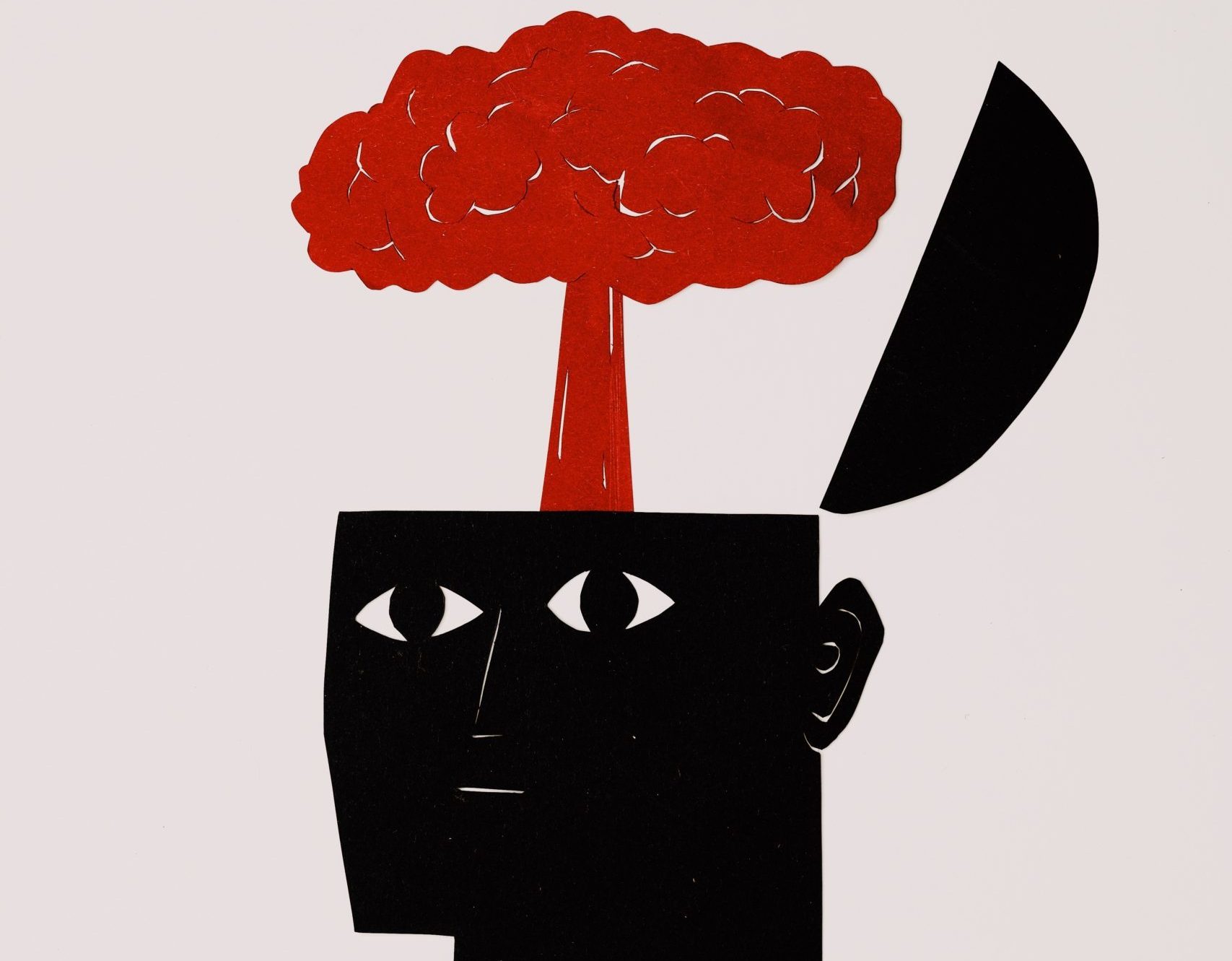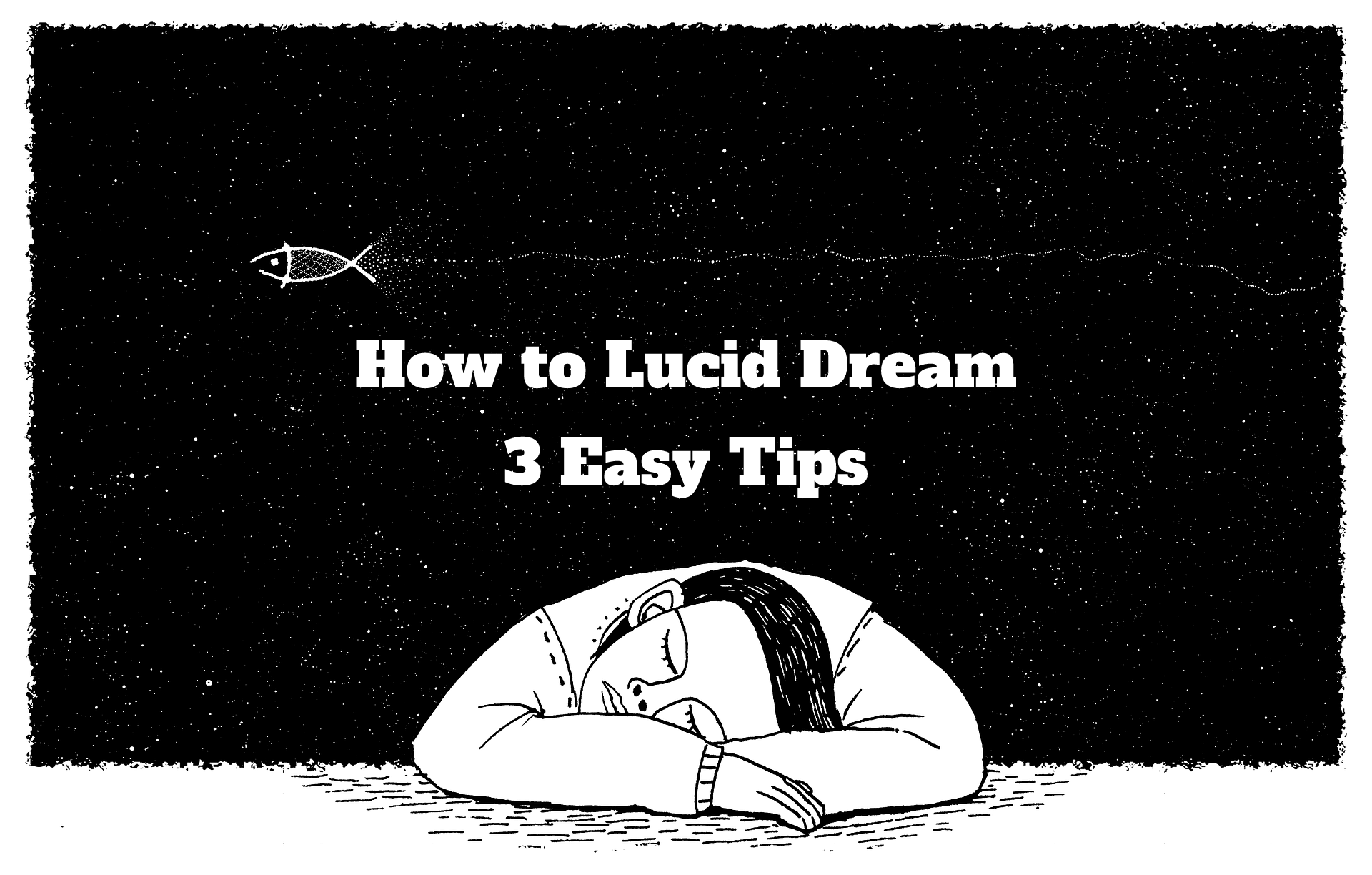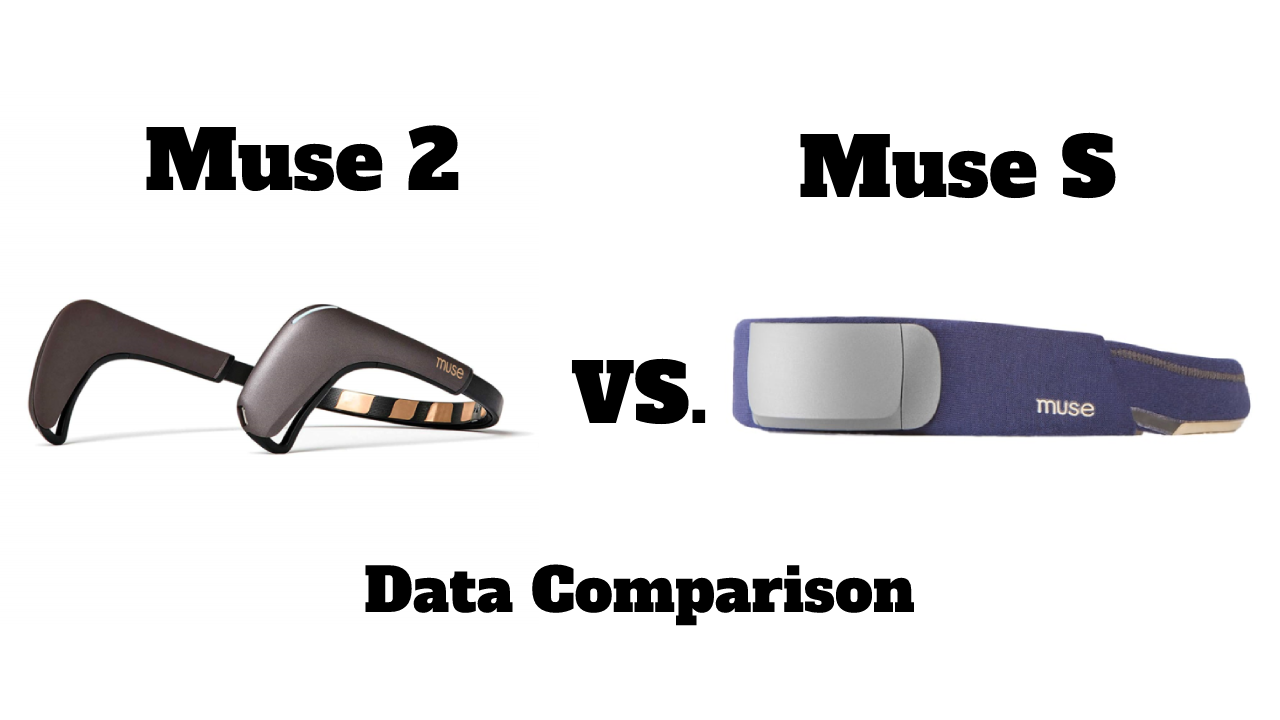Humanity has always questioned itself. An inherent part of our human nature is to look back on ourselves in wonder. Staring at our reflections, we get a keen sense of ourselves as discrete entities, individuals cordoned off into separate bodies, each containing a singular identity. Long have we then wondered, what is this identity, what makes me, me? Trying to answer this question, we first must grapple with the basic premise of the self. What is it, and how does it exist? Where does the self come from, is it the brain or some part of it? The body, the heart? What is the origin of the features that make up how we define ourselves?
The twenty-first century has brought neuroscience into the spotlight in a major way. Advances in non-invasive imaging techniques like fMRI and EEG have provided large amounts of information on how our brains function and integrate different types of information. How our brains function on a moment-to-moment basis defines our realities and provides much of the context in which the self exists. Having such an apparent integral role in the self, could understanding how we define ourselves from the perspective of the brain hold the answers to the origin of the self? Can we pinpoint our conscious self to some part or feature of the brain?
In order to understand ourselves, let’s look at the various ways we define ourselves. Asking ourselves the simple question, “what makes me, me?” yields a variety of valid responses.

Perhaps the most commonly referenced response to this question cites the old Descartes quotation, “I think, therefore I am.” Simply speaking, for most people, that more or less means that I am the me that is here right now reading this, I am the one listening to or reading these words. Therefore, whoever is perceiving the meaning of these words, remembering them, storing them away and having this experience right here, right now, that THAT is me, that is you, that is the Self. It all seems cozy and comfortable from that perspective, that is, as long as we do not poke at it. From the point of view of the brain, if I could alter and, in any way, inhibit your hippocampus and how it speaks to your frontal lobes, this experience of reading and perceiving the words, of being “you” in this moment, would be erased and non-existent from your point of view. The experience of you thinking, “I think, therefore I am”, would never be attributed to your identity without the neural machinery behind memory facilitating a continued stream of consciousness. From the hippocampal-frontal cortex perspective, the “self” is just a continuous stream of memories filtered for relevance and content. When this process is interrupted, or otherwise stopped, the stream of conscious integration of the self stops, the facilitation of conscious experience in a meaningful way stops. We can see examples of this with people who have brain injuries to this region creating the conditions of amnesia. There are two main types of amnesia, retrograde and anterograde.
Retrograde amnesia involves the inability to remember something that has happened in your past. Typically in this case there occurs some accident like a blow to the head, this then resulting in the person being unable to recall events that have already happened. Usually, the events that are forgotten are the ones close to and involved with the trauma. The impact in this case impairing the memory machinery in the brain, blocking it from integrating the events into self. From the perspective of this poor person, the event that damaged their memory, in their mind, is not attributed to them. Often times they have to be told they have had an accident. Despite the reality of the event, the impairment of the brain at that time removed the event from the “self” of the person. Without the memory, to them it is like it never occurred.
The second kind of amnesia, anterograde amnesia, involves the inability to remember new events and information. With this form of amnesia, an accident, similar to above, would occur. Following the trauma, the person would have difficulty, or even the complete inability, to generate new memories, integrate new information, or otherwise learn new things. This can take a variety of shapes depending upon which areas of the brain are damaged. For example, damage to the left side of the brain can commonly impact the language processing areas, resulting in a more pronounced difficulty with words, writing, speaking, and other language-based skills. Another example is damage to movement and procedural based task-processing areas where learning new skills like playing an instrument would be interrupted. This form of amnesia can take more substantial forms in some cases. A great example of this from popular culture is the famous Adam Sandler and Drew Barrymore film “50 First Dates”. Drew Barrymore’s character is in a car accident and from then on could no longer form long term memories. This results in her waking up every single day having forgot the day before, the day of the accident. Each day she wakes up anew, completely oblivious to the weeks, months, and years that have transpired since the accident. Every day of her life she will wake up thinking she is the same age as the day of her accident and goes about her routine as if it was that day. No matter how many times the other characters try and tell her about the accident, show her the newspaper article about it, and so on, she never remembers. In her mind, the accident never occurred. It never integrates, and never will integrate, with her “self” from then on out.

While this may seem like the simple trappings of a clever Hollywood tale, the condition represented in the film is based on real health issues that impact the brain. The film takes heavy inspiration from Clive Wearing, an English conductor and musician. Clive, in the mid-80s, suffered a viral attack on his central nervous system which damaged his brain. From this, he developed both retrograde and anterograde amnesia. He forgot aspects of his life, like his children from an early marriage, or his recent wife from a few years before the accident. Interestingly, he will pleasantly great his recent wife and loves her dearly, however, each time they meet he feels like he has not seen her in years, even though it may have only been minutes since he has seen her last. Further, Clive lost the ability to form new memories past a time span of 20–30 seconds. Twice or three times a minute, he will “wake up”, thinking he has just emerged out of a coma. In his diaries, he will commonly write the entries over and over, crossing out the previous ones which he believes are written by someone else. Every thirty seconds is a brand new life, a fresh awakening, forevermore.

In 2005, there was a documentary on Clive called “The Man with the Seven Second Memory”, where Clive is interviewed about his experience. To the interviewers he comments,
“You’re the first human beings I’ve seen, the three of you. Two men and one lady. The first….people I’ve seen since I’ve been ill. No difference between day and night. No thoughts at all. No dreams. Day and night, the same — blank. Precisely like death.”
When asked if this experience is hard and if he misses his old life, he responds,
“Yes. But I’ve never been conscious to think that. So I’ve never been bored or upset. I’ve never been anything at all, it’s exactly the same as death. No dreams even. Day and night, the same.”
Tragic, for those of us who compare ourselves, but for Clive, there is no integration of suffering into the “self”, no rumination of what is or what was lost. The self, on loop?
Tracking that back to our early assertion that, “I think therefore I am”, that I am the me that is reading this, integrating it, storing, communicating it, and so on; we can see how fragile that assertion becomes. Without the delicate circuitry in the brain being healthy and intact, that definitive sense of self loosens, falls away, becomes transient. The stream of consciousness that we all use to define and navigate ourselves through our lives can be dammed and stifled at the hands of an unfortunate accident. It is enough to make us jump into the pool of existential dread, but not yet. Surely there are other ways in which we can define ourselves?
For Clive, we can see how the stream of conscious awareness argument holds thin in defining his self. However, he is undeniably a “self”, right? Despite the unfortunate impairments, I doubt anyone would argue he somehow lost his self-hood, his identity as an individual human being. Perhaps “individuality” is the key word, as we all have reasonably unique and divergent personalities that make us us. Could it be that the self is defined not by our past, our memories, but by the present person that exists, the personality filled with likes, dislikes, habits, hobbies, and so on that lives in every moment? If we sit down and say to ourselves, “I am me. I am mild-mannered, respectful, patient. . .”, and so on according to our unique selves, we could almost come up with a discrete list of traits that define our habits, behavior, and how we navigate the world and relate to other people. Would that be it, have we defined ourselves then, giving shape to the unique us that exists?

Looking to the neuroscience, perhaps it is best to not put all our eggs in that basket. Our personalities, too, like our memories and streams of awareness, are fragile. What makes a person patient or inpatient manifests itself as a particular wiring in their brain. Areas in the frontal lobe responsible for exerting conscious control over what we say in conjunction with more central brain structures devoted to emotion are the mediators of how we navigate social interactions. The same person who is calm, patient, mild-mannered, and so on can become a brash, lewd, loud-mouth when that system is impaired. The most famous example of this comes from one of the most well-known cases in medical neuroscience. It is the story of Phineas Gage.
Phineas Gage was a foreman on a project constructing railroads in Vermont. In the mid-1800s, he suffered a life changing accident that has become a staple in modern medical education. While using explosives to mine through rock to make way to lay the tracks, he was accidentally caught close to one of the detonations. The force of the blast sent the tamping iron (a metal rod, a few feet in length, a few inches thick) rocketing up through his skull.

The rod shot upward through his left cheek bone, behind the left eye, through the left frontal lobe of the brain, and finally exiting out through the top of his skull. Remarkably, Gage survived, and even more remarkably, was speaking minutes after the accident. Following the accident, he had a lengthy and rocky recovery, fortunate to be under the care of Dr. John Harlow, a physician competent in cerebral abscesses, knowledge which was rare at that time. He later resumed to be able to live and work a relatively normal life, despite some physical sickness. However, despite the recovery, Gage was forever changed. His friends had been commonly quoted as then calling him “Not Gage”. Previously, he was known as an intelligent, respectful man, good with business and people. After the accident, Dr. Harlow writes that,
“The equilibrium or balance, so to speak, between his intellectual faculties and animal propensities, seems to have been destroyed. He is fitful, irreverent, indulging at times in the grossest profanity (which was not previously his custom), manifesting but little deference for his fellows, impatient of restraint or advice when it conflicts with his desires, at times pertinaciously obstinate, yet capricious and vacillating, devising many plans of future operations, which are no sooner arranged than they are abandoned in turn for others appearing more feasible.” (Recovery from the Passage of an Iron Bar Through the Head by John M. Harlow, M.D.)
The once Gage, after suffering an injury severely damaging his frontal lobes, became “Not Gage”. Without the frontal lobe’s executive abilities and role in controlling the difference between what he thinks/feels and what he says, Gage became an open torrent of inner thoughts, primal urges, emotional pulls, expressing them without hesitation, decorum, an ability to stop, or even seemingly care. The personality which he had been previously defined by was cast asunder by that metal rod, dramatically changing part of the “Self” which had been previously attributed to him. If you had previously defined his “Self” through his personality, does this new personality mean he’s a new “Self”?
From this perspective, it can be seen how a personality-based definition of the self is also fragile. Like memories and streams of consciousness, personalities manifest as an emergent property of our bodies. How our genes create our brains and then how our brains interact with the environment shapes us into who we are. However, we are never beyond further shaping, in one direction or another, through these physically based determinants. Personality, unfortunately, does not appear to be a solid foundation or core of the self.
From here, we are back wading in the pools of existential dread. We have learned what we are not, but we are something, right? Are there other avenues where the self resides? At the very base level we can assert that whether we are having an intact stream of consciousness and memories, or whatever shape our personality is in, we at least exist physically right here in this moment. We could take it to a base level and assert we are the selves that physically exist right now in the space we are in, on the couch, in the living room, in the house, and so on. However, that too falls away under neurological alteration. Under moderate to large doses of hallucinogens like psilocybin, LSD, DMT, and so on, does that definite sense of place not melt away as people are taken on their “trip” to go elsewhere? Taking that example as a hypothetical, if someone sits down on the couch and takes a large dose of hallucinogens and “trips”, later, when you ask them where they went, it was not the couch. Their “self” was transported somewhere very different than the mundane room they started it.
Neurologically, as we can see, the self is a mystery and is incredibly poorly defined, which is not for lack of trying. There is no definite place we can point to in the brain to locate where the self resides. Further, we can see when we try and define the features of what could be the self, they fall away as we shine critical light upon them. The self shrinks and fades under scrutiny. The more we grasp and try to hold these selves, these identities, the more they slip between our fingers. We shine the light of our minds here and there, but chase only moving shadows, phantoms created by our own attempts at definition and permanence.
So, what does that mean? Does the self exist, does it not? Should we look and what should we expect to find? Perhaps, the point of the self is not to find it and define it, but to search for it ourselves, to ask ourselves questions, and consequently, whether we succeed in any definition or not, to find value in the search itself. Perhaps we don’t exist to be, but to experience, that experience of questioning, learning, journeying to be the real value in this existence.
From this perspective, what is there is there for us to experience in that moment, regardless of who or what we are physically. That that experience is what is meant for us, what is important, instead of defining ourselves, our individuality, sectioning ourselves into labels, bins, boxes, clinging to a defined sense of self. Taking an example above, our friend Clive Wearing with memory loss, who can play and enjoy a complex piece of piano music despite having “never heard a note” in his entire life. Is listening to and enjoying music not a wonderful and emotionally informative experience, despite the lack of an “integrated self” to remember it?
Looking at those existential pools of dread we sometimes wade into, are they not of our own making? Do we not carve out a space for dread in our need for a solid foundation in selfhood, then filling it with the stale waters of our insecurity? The trick to liberation could then be to surrender to this, instead of being conquered by it, a subtle but critical difference in the mind of humanity. After all, it is the question of the self that corners us, not the answer.
As we can see, the self is only ever defined in context. It is a useful, yet hollow, projection we use to navigate this existence. What is the you that is permanent, fixed, complete, whole, does it exist? Or more tactically, does it matter? Perhaps there is an aspect of conscious awareness that does not depend upon our fragile and transient brains and bodies. The experiences that make us who we are exist and function despite any core intellectual foundations of the self. Perhaps the point is to live and not know, because if we did know, would it change anything?



